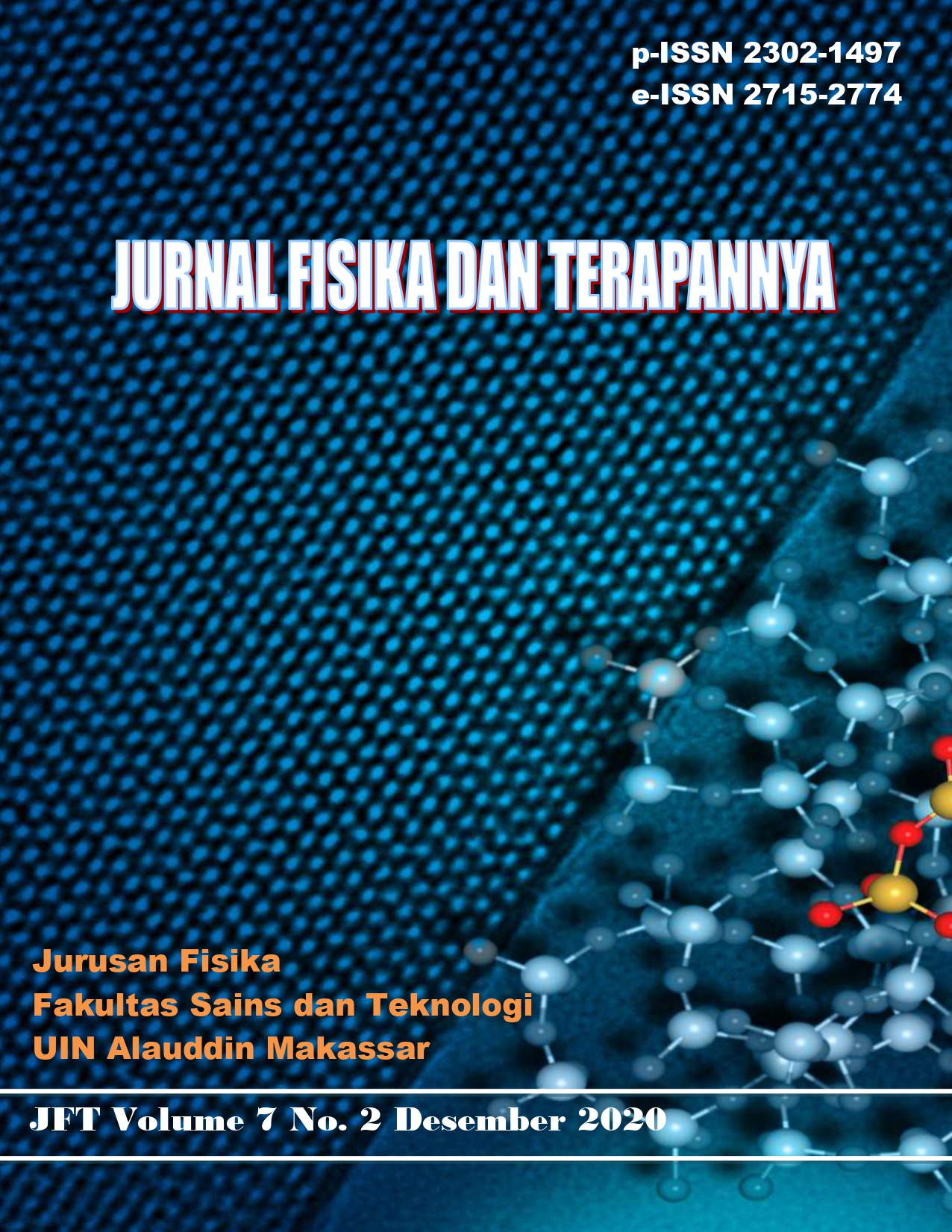SIMULASI HARDWARE IN THE LOOP UNTUK TAKE-OFF DAN LANDING OTOMATIS PADA QUADROTOR MENGGUNAKAN PIXHAWK DAN jMAVSim
Abstrak
The use of quadrotors in various applications has made development and research in the field of drones grow rapidly. In the research and development process, a testing phase is needed to determine the flying attitude of the quadrotor. Live testing can be risky if something goes wrong. With Hardware in The Loop Simulation, it can be used as a way to minimize the occurrence of these errors. Hardware in The Loop Simulation is a combination of software and hardware simulation. The jMAVSim simulation software is connected to the Pixhawk autopilot and ground control station. The simulation results that have been obtained make it possible to carry out direct testing on the Pixhawk autopilot. From this study, the results of the quadrotor flying attitude during take-off and landing simulations show that the quadrotor is still in a stable condition with changes in pitch and roll angles of less than 1 degree.
##plugins.generic.usageStats.downloads##
Referensi
Al Ghafar, M. R., & Adiprawita, W. (2018). Simulasi Hardware in the Loop Untuk Redundansi Tiga Modul Autopilot. Jurnal Inovasi Pertahanan Dan Keamanan, 1(1), 29–37. https://doi.org/10.5614/jipk.2018.1.1.4
de Sousa Barros, J., Oliveira, T., Nigam, V., & Brito, A. V. (2016). A Framework for the Analysis of UAV Strategies Using Co-simulation. 2016 VI Brazilian Symposium on Computing Systems Engineering (SBESC), 0, 9–15. https://doi.org/10.1109/SBESC.2016.011
Garcia, J., & Molina, J. M. (2019). Simulation in Real Conditions of Navigation and Obstacle Avoidance with PIXHAWK/Gazebo Platform. 2019 IEEE International Conference on Pervasive Computing and Communications Workshops (PerCom Workshops), 979–984. https://doi.org/10.1109/PERCOMW.2019.8730764
Hardware in the Loop Simulation (HITL). (2020). https://dev.Pixhawk.io/v1.8.2/en/simulation/hitl.html
Hentati, A. I., Krichen, L., Fourati, M., & Fourati, L. C. (2018). Simulation Tools, Environments and Frameworks for UAV Systems Performance Analysis. 2018 14th International Wireless Communications & Mobile Computing Conference (IWCMC), 1495–1500. https://doi.org/10.1109/IWCMC.2018.8450505
Jang, J. T., Santamaria-Navarro, A., Lopez, B. T., & Agha-mohammadi, A. (2020). Analysis of State Estimation Drift on a MAV Using PIXHAWK Autopilot and MEMS IMU During Dead-reckoning. 2020 IEEE Aerospace Conference, 1–11. https://doi.org/10.1109/AERO47225.2020.9172736
jMAVSim with SITL. (2020). https://dev.Pixhawk.io/master/en/simulation/jmavsim.html
Ma, C., Zhou, Y., & Li, Z. (2020). A New Simulation Environment Based on Airsim, ROS, and PIXHAWK for Quadcopter Aircrafts. 2020 6th International Conference on Control, Automation and Robotics (ICCAR), 486–490. https://doi.org/10.1109/ICCAR49639.2020.9108103
QGroundControl Quick Start. (2020). https://docs.qgroundcontrol.com/master/en/getting_started/quick_start.html
Rodriguez-Ramos, A., Sampedro, C., Bavle, H., Milosevic, Z., Garcia-Vaquero, A., & Campoy, P. (2017). Towards fully autonomous landing on moving platforms for rotary Unmanned Aerial Vehicles. 2017 International Conference on Unmanned Aircraft Systems (ICUAS), 170–178. https://doi.org/10.1109/ICUAS.2017.7991438


